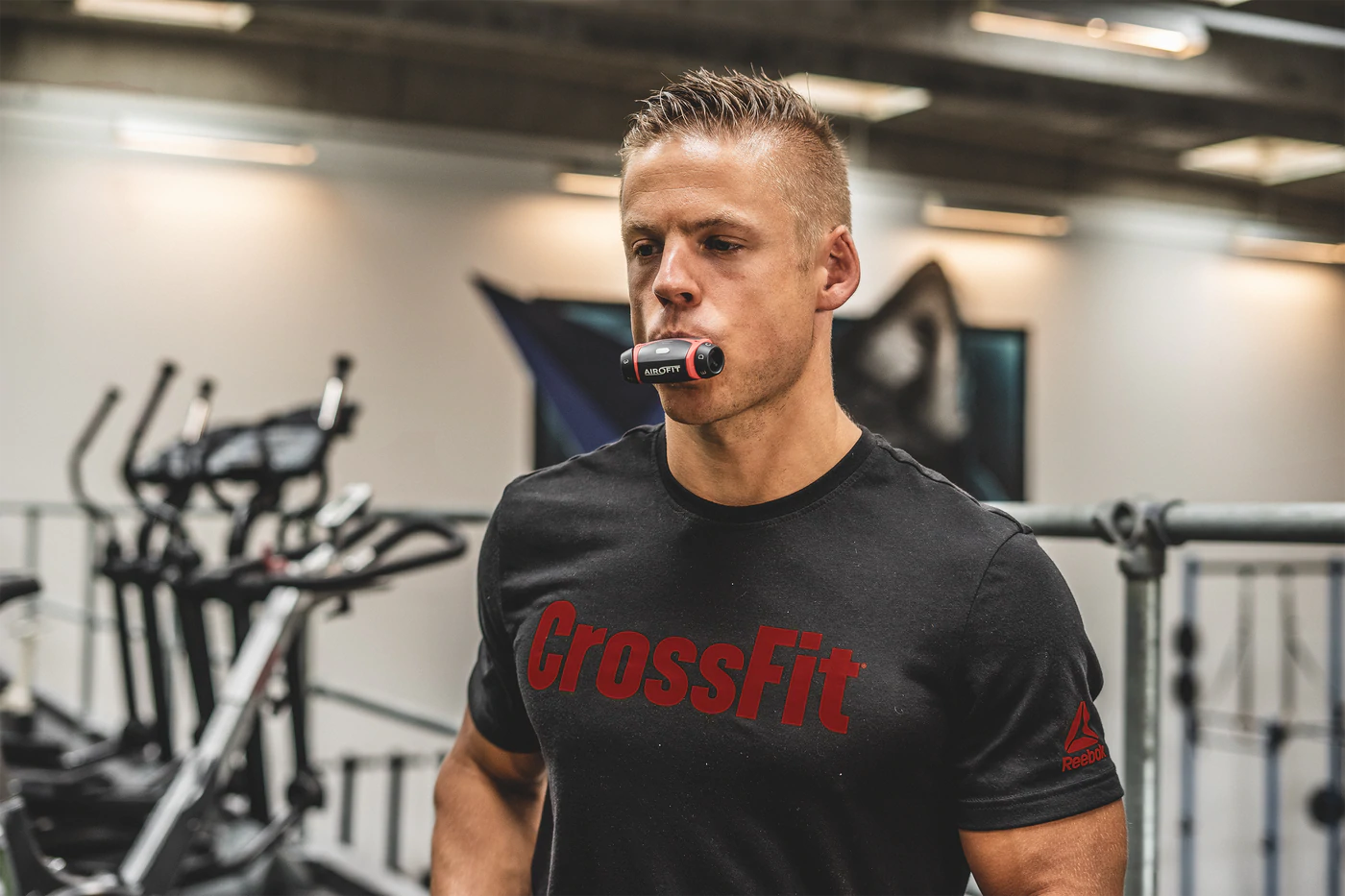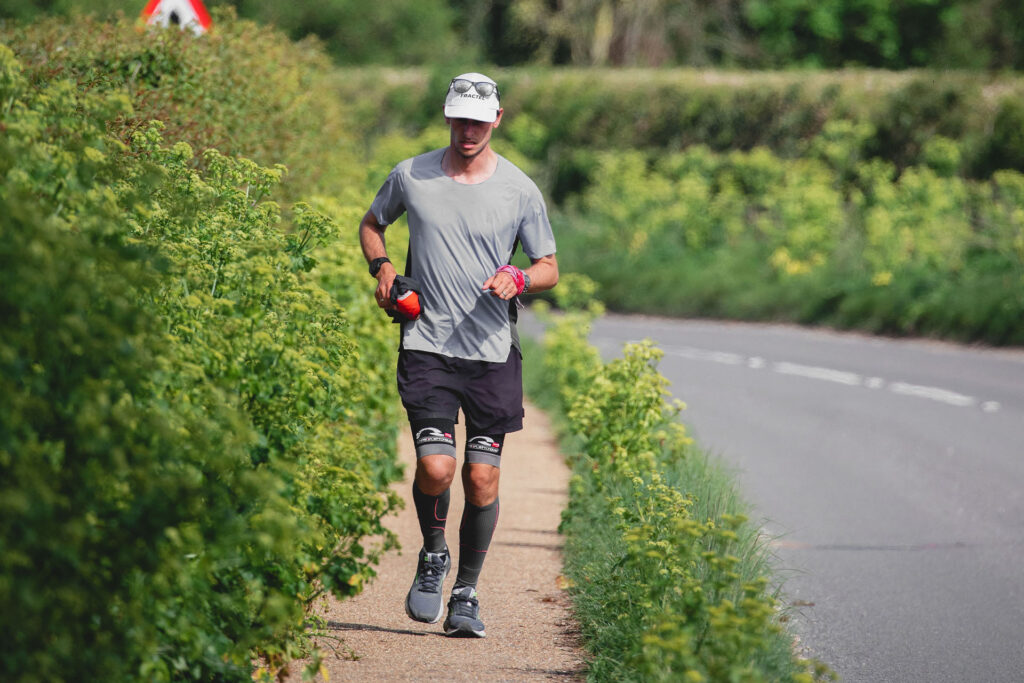How to improve your vital lung capacity with breathing exercises

Vital lung capacity is the total amount of air that your lungs can hold. With age, your lung capacity will slowly decrease, which is why the average and normal vital lung capacity also changes per age. But other factors such as chronic lung diseases, e.g. asthma, COPD, and smoking can also influence our lung function and decrease vital lung capacity significantly.
However, you can maintain and improve your vital lung capacity effectively if you focus on your breathing and train your lungs and respiratory muscles through breathing exercises, just as you would train any other muscles in the body.
Why should you focus on improving vital lung capacity?
To retain good health, our bodies need oxygen. We inhale oxygen and exhale carbon dioxide, but it is our lungs that are responsible for exchanging these gases so that carbon dioxide is expelled and oxygen is sent to the brain, heart, and muscles. To have a fully functioning respiratory system, good vital lung capacity is required. It is essential for lung health and can be achieved through exercising. This is one of the reasons why breathing exercises are now an integrated part of many sports disciplines at a professional level. With greater vital lung capacity, you can increase the amount of oxygen in your body.
Decreased vital lung capacity, on the other hand, causes shortness of breath and difficulties with catching your breath. This can sometimes occur as a result of lung diseases or smoking. It can also be that you have a normal vital lung capacity, but you experience that your strength and performance is not good enough. You would probably like to be able to keep going for a longer period without losing your breath and to not lose breath before people with similar physical capabilities as yourself.
By performing breathing exercises, you will be able to improve your vital lung capacity in the best possible way. You will also simply be able to keep going longer before you lose breath. It strengthens your muscles and helps reduce shortness of breath and increases your stamina.
A focus on strengthening your breathing and optimal vital lung capacity has many benefits:
- Stronger respiratory muscles
- Optimization of breathing
- Improved lung functions
- Increased oxygen to the brain, hence a clearer and more focused mind
- Increased oxygen to your muscles, hence positive effect on physical shape and performance
- Improved stamina and endurance
At Airofit, we divide the benefits of your training into three different aspects, which all influence your physical performance. They are your vital lung capacity, respiratory strength, and anaerobic tolerance.
Who should perform breathing exercises?
- Everyone who wants to reduce stress and be more aware and focused on their everyday life can benefit from performing breathing exercises.
- People who suffer from lung diseases may benefit from breathing exercises, but it would be a good idea to always consult with a doctor first.
- Athletes or people who conduct sports on a high level can highly benefit from performing breathing exercises. The respiratory muscles of the lungs should be trained just like any other muscle in the body.
What are breathing exercises?
Common breathing exercises to improve vital lung capacity includes interval training, pursed-lip breathing, and belly breathing.
Interval training
Interval training is good if you want to improve your instant performance and endurance. Interval training involves performing hard physical exercise followed by periods of rest that are repeated several times in one training session. For example, it can involve running at the fastest pace possible for 1 minute and then running at a slow pace for 2 minutes.
Both the anaerobic and aerobic systems are trained during interval training.
In the high-intensity phase, lactic acid is generated, leading to pain and muscle fatigue. In the recovery (slow) phase, the heart and lungs work together to break down the lactic acid and repay it with oxygen. Inspiratory muscle training supplement this process by speeding up the process of lactic acid.
Pursed lip breathing
Pursed lip breathing is good if you want to learn how to slow down your breathing and improve the exchange of oxygen and carbon dioxide, as well as condition your breathing pattern.
To practice pursed-lip breathing, inhale slowly through your nostrils and exhale as slowly as possible through pursed lips. This should at least double the amount of time it took when you inhaled. Repeat the exercise as many times as possible.
Belly Breathing
Belly or Diaphragmatic breathing is the exercise of taking deep breaths. It increases the amount of oxygen that your body and muscles need. To know whether you breathe with your deep belly or chest, place a hand on both chest and abdomen. Take deep breaths and see which of your hands rises the most. It should be the hand on the belly, yet unfortunately for many of us, it is the chest.
No matter the results, your lung capacity will benefit from training your diaphragmatic breathing through inspiratory muscle training.
Improving vital lung capacity through respiratory muscle training
You perform inspiratory muscle training, take deep breaths in through your nose and exhale for as long as possible through your mouth.
By training with a medical breathing devicein between workouts and in a relaxed state, will give you the ability to increase your lung capacity. Resistance is forced on the diaphragm and intercostal muscles through the device. This causes fatigue and the muscle tissue will start to overcompensate for this fatigue. As a result, the respiratory muscles which help increase lung capacity will gradually become stronger.
With the breathing device from Airofit, you are guided through breathing exercises and gradually you will be able to increase your training and strength as you improve.
Need additional information on the Airofit science? Read more here.




